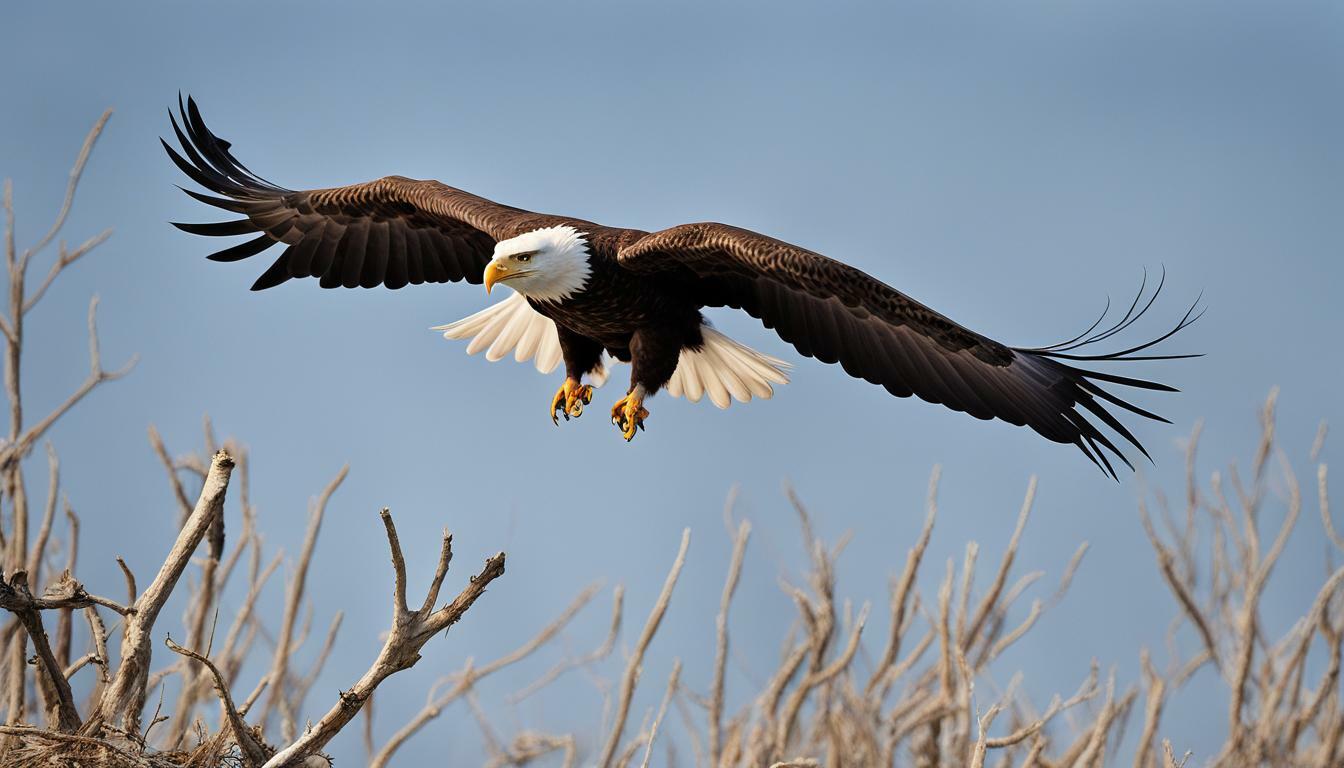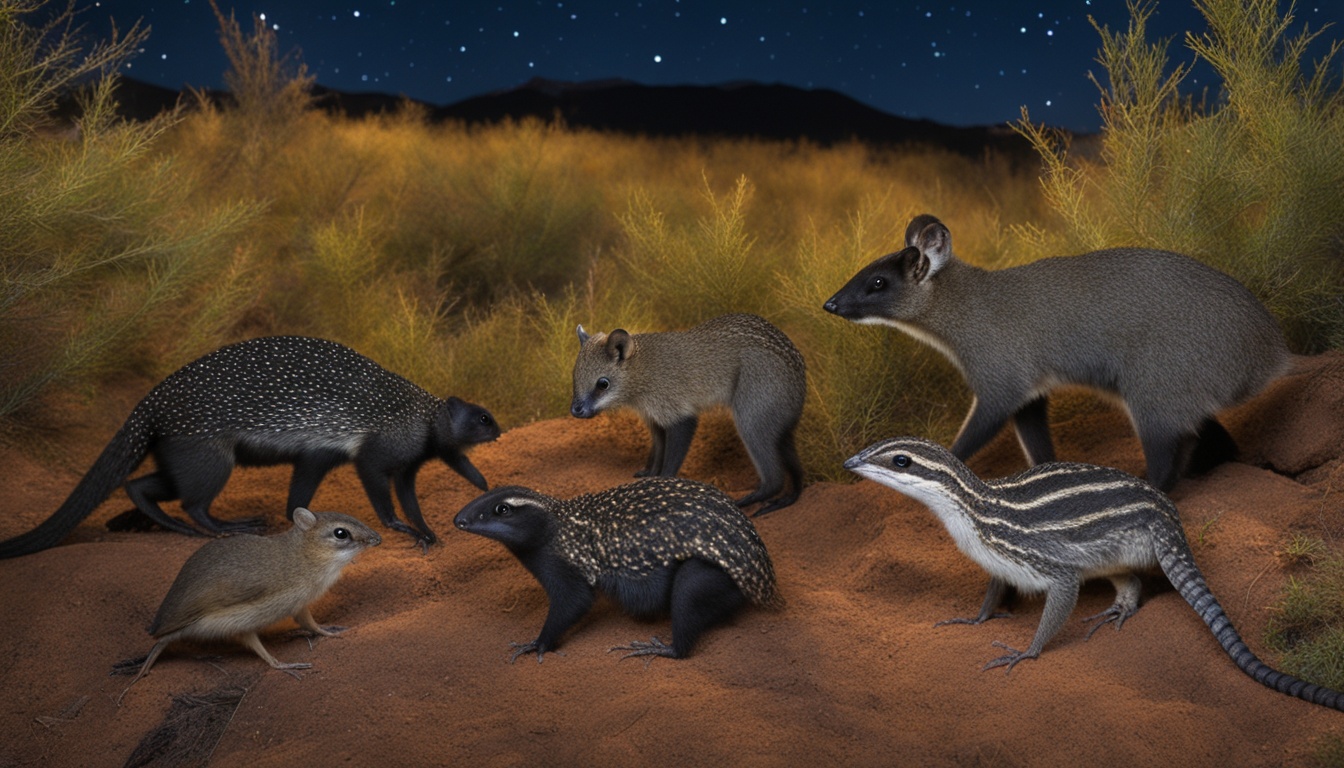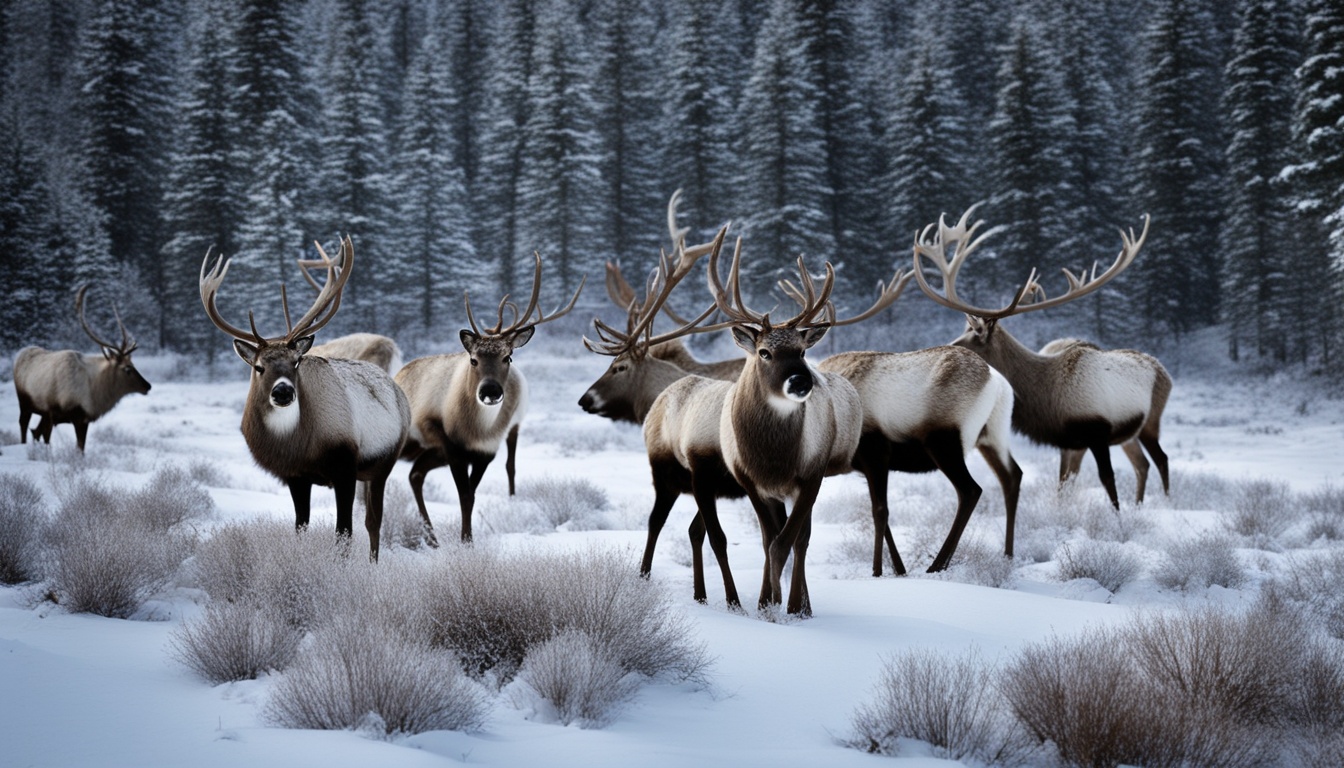If you’ve ever seen a bald eagle soaring majestically through the sky, you might wonder what these impressive birds are like up close. Do they make good pets? Are they friendly towards humans? In this article, we’ll explore the behaviors and traits of bald eagles to uncover the truth about their friendliness.
Key Takeaways:
- Bald eagles are known for their impressive hunting skills and territorial nature.
- While they may not be aggressive towards humans, it’s important to maintain a safe distance and respect their natural behavior.
- Bald eagles are wild animals and not suitable for domestication as pets.
Behaviors of Bald Eagles
Understanding the typical behaviors of bald eagles can provide insight into their perceived friendliness. Bald eagles are known for their impressive hunting skills, which involve swooping down from the air and snatching prey with their sharp talons. They also have specific nesting habits, preferring to build large nests in tall trees near bodies of water.
One of the most notable traits of bald eagles is their territorial nature. They fiercely defend their nesting sites against other bald eagles and potential threats, which can include humans.
Behaviors That May Impact Interactions with Humans
As majestic as they are, bald eagles can pose a danger to humans if they feel threatened or provoked. For example, if a person gets too close to a bald eagle’s nest or intrudes on their territory, the eagle may become aggressive and attack.
However, it’s important to note that bald eagles typically do not attack humans without a reason. They are more likely to show aggression towards other animals, such as fish or small mammals, which are their primary food sources.
When observing bald eagles in their natural habitat, it’s best to keep a safe distance and avoid disrupting their activities. This can help prevent any potential conflicts and promote a peaceful coexistence between humans and these majestic birds.
Understanding Bald Eagle Traits
It’s no secret that bald eagles are magnificent creatures, with striking physical features and impressive hunting skills. But what makes them unique, and how do these traits affect their behavior towards humans?
| Trait | Description |
|---|---|
| Keen eyesight | Bald eagles have eyesight that is four to eight times stronger than that of humans. This allows them to spot prey from great distances and navigate their environment with precision. |
| Powerful talons | Bald eagles have sharp talons that can exert up to 400 pounds of pressure per square inch. This enables them to snatch and carry prey that is larger than their own weight. |
| Majestic flight | Bald eagles are known for their graceful, soaring flight patterns. They can reach speeds of up to 56 miles per hour and stay aloft for several hours at a time. |
While these traits are certainly awe-inspiring, they also contribute to the bald eagle’s territorial and independent nature. They are solitary creatures that fiercely defend their nesting sites and hunting grounds, which can sometimes bring them into conflict with humans.
Interpreting Bald Eagle Behavior
When observing or interacting with bald eagles, it’s important to understand their natural behavior and interpret their communication signals appropriately. For example, if a bald eagle is exhibiting defensive or agitated behavior, it may be best to keep your distance and avoid approaching it.
Overall, while bald eagles may not be “friendly” in the traditional sense, they are certainly worthy of our admiration and respect. By appreciating their natural traits and maintaining a safe distance, we can coexist with these magnificent creatures in harmony.
Interactions Between Bald Eagles and Humans
As human activity continues to expand into natural habitats, it’s not uncommon for bald eagles to encounter people. In some cases, the interactions are positive and allow us to appreciate these majestic birds up close. However, it’s important to remember that bald eagles are wild animals and are not naturally inclined to befriend humans.
One situation where bald eagles commonly interact with humans is in wildlife rehabilitation centers. In these facilities, staff members care for injured or orphaned bald eagles before returning them to the wild once they have fully recovered. While the eagles may become somewhat accustomed to human presence during their time in rehabilitation, they are not domesticated and should always be treated with caution.
Another way people encounter bald eagles is through birdwatching activities. Observing these birds in their natural habitat can be a rewarding experience, but it’s crucial to do so respectfully and without disturbing their behavior. Getting too close to a bald eagle’s nest or interfering with their hunting and feeding can trigger aggressive responses, potentially putting both the observer and the eagle at risk.
| Do Bald Eagles Attack Humans? |
|---|
| While rare, there have been documented cases of bald eagles attacking humans. These incidents usually occur when the eagles feel threatened or are defending their territory. However, it’s important to note that the vast majority of bald eagles do not view humans as prey. |
To minimize the risk of danger in interactions with bald eagles, it’s essential to maintain a safe distance and avoid disturbing their natural behavior. If you do come across a bald eagle, observe from a distance and resist the urge to approach. Remember, these birds belong in the wild and must be respected as such.
Are Bald Eagles Aggressive?
When it comes to the temperament of bald eagles, aggression is a commonly discussed topic. While these birds are not typically aggressive towards humans, they may exhibit aggressive behavior towards other animals, particularly when defending their territory or young.
Examples of aggressive behaviors may include swooping down on prey or other birds, or using their talons and beak to attack. However, it’s important to note that bald eagles are not known to attack humans unprovoked.
It’s also important to consider that human behavior can sometimes be misinterpreted by bald eagles, leading to defensive reactions. For example, if a person gets too close to a nesting site, the eagle may perceive them as a threat and exhibit aggressive behavior.
Overall, while bald eagles may exhibit aggressive behavior in certain situations, they are generally not considered aggressive towards humans. It’s important to respect their natural instincts and behaviors, and avoid any actions that could be perceived as a threat.
Bald Eagles as Pets – Myth or Reality?
If you’ve ever dreamed of owning a bald eagle as a pet, you’re not alone. These majestic birds are so awe-inspiring that it’s hard not to imagine having one as a companion. However, the reality is quite different from the fantasy.
Bald eagles are wild animals and are protected by federal law. It is illegal to keep a bald eagle as a pet.
Not only is it illegal, but it’s also unethical. Bald eagles are not domesticated animals and cannot adapt to life in captivity. They require a specific environment, diet, and social structure to thrive, which cannot be replicated in a domestic setting.
Moreover, keeping a bald eagle as a pet can be dangerous. These birds have powerful talons and beaks and can pose a threat to humans and other pets. They also have specific behavioral patterns that cannot be modified through training.
In short, owning a bald eagle as a pet is not only illegal but also dangerous and unethical. Respect these amazing creatures by appreciating them in their natural habitat and leaving them alone.
Communication with Bald Eagles
Interacting with bald eagles requires a certain level of understanding and respect for their communication methods. While they may not communicate in the same way as humans, they use various vocalizations, body language, and actions to convey their message.
Bald eagles are known to communicate through shrieks, screams, and chirps. They may also use visual cues, such as flapping their wings or tilting their head, to express their emotions. Additionally, they may use aggressive postures, such as spreading their wings and puffing up their feathers, to signal potential threats or territorial boundaries.
When observing bald eagles, it’s important to pay attention to their communication signals to avoid any potential conflicts or misunderstandings. For example, if a bald eagle appears agitated or defensive, it may be a sign that you are encroaching on their territory or disturbing their nesting area. In such cases, it’s best to back away slowly and give them plenty of space.
Overall, communication with bald eagles requires patience, respect, and a willingness to learn about their unique methods of expression. By doing so, you can develop a deeper appreciation for these majestic creatures and enhance your experience of viewing them in their natural habitat.
The Friendliness Factor
After exploring the behaviors, traits, and interactions of bald eagles with humans, it’s clear that the answer to the question “Are bald eagles friendly?” is not a simple one. While bald eagles are not known for being aggressive towards humans, they are wild animals with instincts and behavior that may not always be predictable.
It’s important to understand and respect their natural behaviors, such as their territorial nature and nesting habits, and maintain a safe distance when observing or interacting with them. While it may be tempting to get closer for a better look or photo, it’s important to remember that we are visitors in their world and should not disrupt their natural habitats or behaviors.
That being said, bald eagles can be fascinating creatures to observe and learn about. By understanding their behaviors and traits, we can better appreciate their role in the environment and work towards their protection and conservation.
Conclusion
Congratulations! You now have a better understanding of bald eagles and their behavior towards humans. While they are a magnificent and awe-inspiring species, it’s important to remember that they are wild animals with their own unique temperament and behaviors.
So, are bald eagles friendly? The answer is both yes and no. While they may exhibit signs of friendliness towards mates and their offspring, they may also perceive humans as a potential threat and act accordingly. It’s crucial to respect their natural behavior and keep a safe distance when observing or interacting with them.
Remember, bald eagles play an important role in the ecosystem and should be appreciated and admired from afar. Let’s continue to protect and preserve this national symbol for generations to come.
Do Bald Eagles Stay Friendly Even as Adults?
The bald eagle head color evolution is a characteristic that remains consistent throughout a bald eagle’s life. Even as adults, these magnificent birds stay friendly and exhibit social behaviors. This evolution of head color serves as a significant visual cue in their communication and courtship rituals. Despite their fierce appearance, bald eagles maintain a sense of camaraderie and loyalty amongst their fellow adults.
FAQ
Q: Are bald eagles friendly?
A: Bald eagles are wild animals and therefore not typically friendly towards humans. They are known for their territorial nature and can become aggressive if they feel threatened.
Q: What are the typical behaviors of bald eagles?
A: Bald eagles exhibit various behaviors such as hunting for fish, building large nests in trees, and fiercely defending their territory. They are skilled hunters and are known for their impressive flight abilities.
Q: Do bald eagles interact with humans?
A: Bald eagles can occasionally come into contact with humans, especially in wildlife rehabilitation centers or during birdwatching activities. However, it is important to maintain a safe distance and respect their natural behavior.
Q: Are bald eagles aggressive towards humans?
A: While bald eagles are not typically aggressive towards humans, they can become aggressive if they feel threatened or if their nests are disturbed. It is best to observe them from a safe distance and avoid any potential conflicts.
Q: Can bald eagles be kept as pets?
A: No, keeping bald eagles as pets is illegal and ethically problematic. Bald eagles are wild animals and should be allowed to thrive in their natural habitats.
Q: How do bald eagles communicate?
A: Bald eagles communicate through various forms, such as vocalizations and body language. Understanding their signals can help humans interpret and respond appropriately when observing or interacting with them.
Q: Are bald eagles friendly towards humans?
A: Bald eagles are wild animals and their behavior is shaped by their natural instincts. While they may not be considered friendly, they are magnificent creatures that should be admired and respected from a safe distance.











